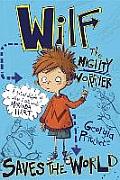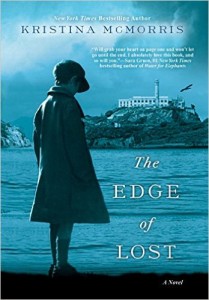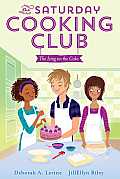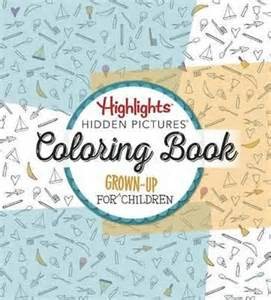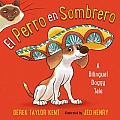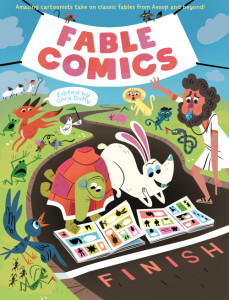Author Nancy Oswald writes historical books of fiction and non-fiction set in Colorado. Several of those stories have 11 year old girls as characters, and people often wonder if those characters are similar to her when she was a child. Here, she talks about bringing a bit of autobiography into the personalities created on the page as well as the joys of writing from the perspective of a preteen. Visit her website to find out more about Oswald and her books.
Someone recently asked if I’m anything like the characters I write about. This person specifically asked about the 11 year old girl in my Ruby and Maude Adventures.
“Well…um…” I hedged and then thought back to my childhood when I spent hours “up at the creek” catching tadpoles in a jar, bringing snakes home, scrapping with the neighborhood boys, and riding my bike out into the country on dirt roads to bury my dead goldfish and turtles.
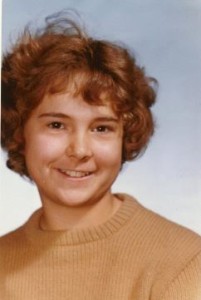
Author Nancy Oswald at 11 years old
The truth is it’s impossible to write anything without a piece of your personality slipping in. This goes for fiction and non-fiction. But with fiction, it’s a little more fun. Every challenge a character faces calls for digging into a variety of emotions and feelings and routing them through an imaginary being.
So why eleven-year-old girls? I’m retired, now, but spent 24 years teaching, most of them in a classroom with eleven year olds. It could be that some of the eleven-year-old roller coaster of happiness and gloom rubbed off, but more likely it’s something inside that has drawn me to write about that age.
In one of my favorite short stories, “Eleven” by Sandra Cisneros, the eleven-year-old girl reflects that growing old is like an onion or the rings of a tree, “each year inside the next one.” She’s having a bad day at school, trying hard to act grown up and not cry, but all the younger years that still exist inside threaten to sabotage her attempt to hold back tears.
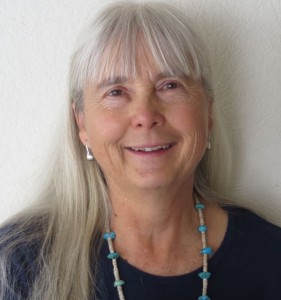
Nancy Oswald today.
In life, every added year is an accumulation of our understandings—some of them joyful and others heartbreaking. In the big scheme of things, an eleven year old doesn’t have very much history in the world. An eleven year old hasn’t had enough experience to know that storms blow over and time mitigates sorrow.
There’s an immediacy about being eleven. Eleven year olds are buoyant when things go well, crushed and devastated by things that may seem trivial to others. They’re old enough to care for themselves, but not yet secure in the fact that they can handle everything on their own.
It may be I enjoy writing about eleven year olds because they teeter on the cusp between the innocence of childhood and the grown-up world that stretches from the teens into adulthood. Eleven year olds are smart and independent, but they can still shed tears and blunder into situations without self-consciousness. They are sensitive and thoughtful and live secret inner lives as they explore ideas and try to make sense of their lives.
Am I like the characters I write about? I hope so. It’s good never to lose touch with our own onion layers—especially the eleven year old that is still lurking inside.
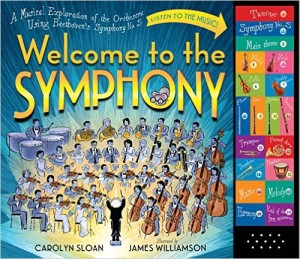 While you may not be able to bring your young children to the symphony, a new book by songwriter, musician Carolyn Sloan lets you bring the sights and sounds of Beethoven’s Symphony No. 5 to them.
While you may not be able to bring your young children to the symphony, a new book by songwriter, musician Carolyn Sloan lets you bring the sights and sounds of Beethoven’s Symphony No. 5 to them.
